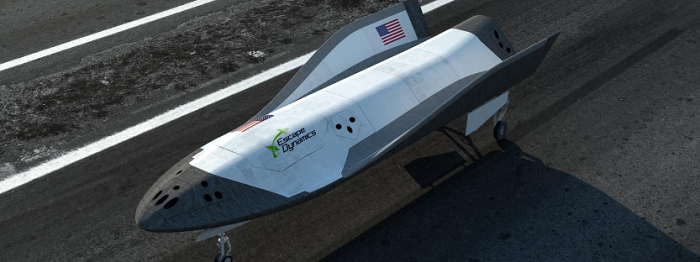Researchers at Escape Dynamics have reported it might be possible to launch spacecraft into orbit using microwaves sent from the ground.
Should this theory prove actionable, it could allow for single-stage spacecraft which, in turn, would mean considerable cost savings for sending things like satellites and even humans into orbit.

Modern-day rockets are based on an idea similar to that which the Escape Dynamics crew is proposing — the only major difference is that a multi-stage rocket is used, with each part filled with a propellant that pushes the rocket into space as the fuel is burned.

To state the obvious — this is a super-expensive way to go about things. What the Escape Dynamics team has proposed is a solution using microwaves beamed from the ground to heat hydrogen carried by the spacecraft to push it into space.
And it’s not just a theory on paper — they’ve tested this idea out using a thruster operated on the ground to see how much thrust is generated using this approach. Initial results indicate a specific impulse of 500 seconds with helium. They believe that if they were to swap out the helium with hydrogen, that number would increase to 600 seconds, which is enough thrust to push a small craft into space.
In terms of execution, the team envisions a heat shield being placed on the bottom of a satellite-equipped plane to serve as the target for the microwaves to strike both at takeoff and while the craft is making its way into space. The microwaves hitting the heat shield would power an electromagnetic motor which, in turn, would heat the on-board hydrogen as it gets released from a tank; the excited hydrogen atoms would then be pushed through a nozzle, resulting in thrust.
Once the plane reached orbit, it would stay aloft just long enough to deploy its satellite into space, before gliding back down to Earth.
For those wondering, the microwave array on Earth would be powered by electricity, generated by any number of means.

This idea is, of course, still a far way off from real-life implementation. Among the many hurdles the team is still facing: the microwave array needs to prove strong enough and capable of maintaining some sort of tracking system to follow the plane as it climbs into space. There’s also the obvious public safety concerns that come with firing a massive amount of microwaves into the sky that they’d need to get around.
If the team should prevail and figure out a way to make all of this work, they’re looking at having created a solution that could mean sending satellites into space for a fraction of the cost of today’s systems.
Learn more at EscapeDynamics.com
Advertisement
Learn more about Electronic Products Magazine





